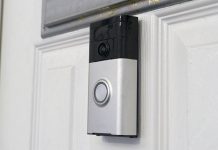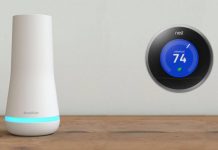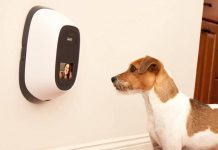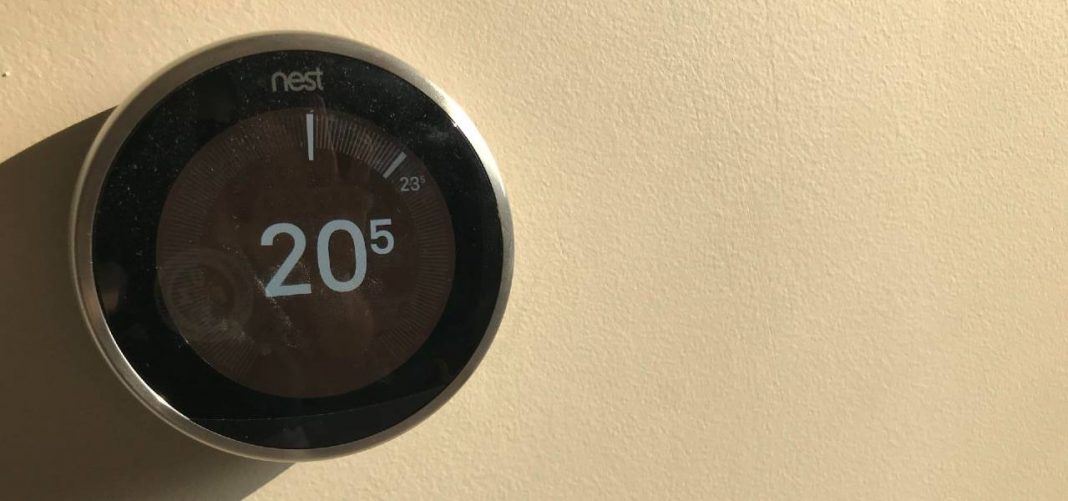UPDATED February 10, 2022 This piece has been updated to reflect the emergence of new technology


Christian Mathews Security Writer
What is a Nest Thermostat remote sensor, you might ask? Or maybe, you know what it is. What’s for certain though, it’s never fun having to manually adjust the thermostat, each time you walk into a room.
And it’s not about being lazy. You should be able to walk into a room in your house or workplace and have the thermostat adjust itself accordingly. And did we mention “doing it by itself?”
Well, a Nest Thermostat does just that. You’ll also be saving energy with your HVAC equipment.
1Nest Thermostat range of products
Since the first release of the 1st generation Nest thermostat in 2011, there have been three more releases. The latest is the Nest Thermostat E which was released in 2017.
The 2nd generation released on October 2nd, 2012. The 3rd generation Nest learning thermostats released on September 1st, 2015.
Some 1st and 2nd generation Nest thermostats are still used. However, compared to the 3rd generation Nest learning thermostat and the Nest Thermostat E, they’re somewhat obsolete.
More on these two models below.
2Rebates: Is it possible to get them with nest thermostats?
Yes. And not just rebates, but also rewards. Depending on your energy provider, you may get a Nest Thermostat for free. Alternatively, at a discounted price or even have the Nest thermostat installed at no extra cost to you.
Another thing you might want to look into is the rush hour rewards. You choose to use less energy during peak demand periods and in return you get rewarded for it. And the best part, the Nest thermostat regulates itself to use less energy, while keeping you comfortable.
Back to the two models.
Think of the 3rd Generation Nest Thermostat as the premium model. It has all the bells and whistles, while the Nest Thermostat E as the basic budget model. Both of these models are the most recent, updated versions.
The Nest Thermostat E is mostly similar to the 3rd Generation Nest Thermostat in terms of functionality. The main difference is a few features that are only found on the 3rd Generation Nest Thermostat called farsight.
Farsight, which is a utility that makes the display light up any time it detects someone is in the room. The sensor can detect human presence up to 20 feet. While the display lights up for the Nest Thermostat E, you’ll have to come within 3 feet of it.
3Color options
With the Nest Thermostat E, you have one color option, white.
The 3rd generation Nest Learning thermostat has 7 color options to choose. They include white, black, brass, polished steel, mirror black, stainless steel and copper.
4Display types
With the Nest Thermostat E you get a 24-bit color Liquid Crystal Display (LCD) with a 320*320 resolution and 182 PPI (pixels per inch). It’s display is slightly smaller than that of the 3rd Generation Nest learning thermostat at 1.76 inches’ diameter.
The 3rd Generation learning thermostat’s display is clearer and sharp with a 24-bit color LCD, 480*480 resolution and 229 PPI. It’s display is larger at 2.08 inches’ diameter.
5Energy efficiency
According to Nest’s whitepaper, they claim their Nest learning thermostats save on average 10%-12% on heating. It saves an average of 15% on electricity used for cooling. This translates to saving about $131-$145 on energy costs each year.
In February 2017, their learning thermostats were ENERGY STAR certified. They became the first to be recognized by the EPA (the United States Environmental Protection Agency).
So how do Nest’s learning thermostats achieve this? Well, unlike their counterparts, Nest learning thermostats rely on machine learning rather than programming. So all a user needs is to tweak it for a few weeks (manually setting their preferences) after it’s installed and then the magic happens.
Nest learning thermostats will “learn” your usage patterns and preferences to provide you with the best convenient experience. No more having to manually adjust the temperature in a room each time you walk in. Nest learning thermostats will do that for you.
If you happen to be away, it will shut down unnecessary heating or cooling to cut down on energy costs.
Both the 3rd generation Nest Learning Thermostat and the Nest Thermostat consume less than 1kWh per month.
6Compatibility with existing heating and cooling systems
Nest thermostat E
It is compatible with 85% of most HVAC systems rated 24V, including those using:geothermal, solar, heat pumps, radiant, oil, hot water, gas and electricity. It also supports stage 1 and 2 (W1) (W2) heating and stage 1 and 2 (Y1) (Y2) cooling. As a fan it’s limited to speed 1. It supports auxiliary and emergency heating but it doesn’t feature a dehumidifier/humidifier. Additionally, it works without a common C wire, but in rare cases, you may need to have it installed.
You should use professional installation if you’re using a dual fuel system.
3rd Generation Nest learning thermostat
It is compatible with 95% of HVAC equipment rated 24V, including those using geothermal, solar, heat pumps, radiant, oil, water, gas and electricity. It supports stage 1, 2 and 3 heating (W1) (W2) (W3) as well as stage 1 and 2 cooling (Y1) (Y2). Additionally, it supports fans (speed 1, 2 and 3), auxiliary and emergency heating as well as dehumidifiers/humidifiers.
7Integration – Control from a smartphone
The Nest Thermostat E and 3rd Generation Learning Thermostat are compatible with most 3rd party integration products. This includes IFTTT, Google Home, Amazon Alexa, etc. There’s lots of talk over which is better, Alexa or Google Home. Each have their pros and cons.
Notice Apple Home kit wasn’t on the list? It isn’t by mistake. Nest Thermostats cannot be integrated with Apple’s Home Kit. At least natively. However, there’s a way around this. Using other Home bridge hubs, such as the Starling Hub, you can integrate your Nest Thermostat to Apple Home Kit.
Here’s what you get when you integrate your Nest Thermostat with your devices
Remote Access – You can conveniently control your Nest thermostat from virtually anywhere using any of your devices (laptop, smartphone, or tablet) provided the thermostat is connected to the internet via Wi-Fi and you have access to the internet. So you can have your thermostat controlled by phone wherever you are.
You can also get real-time updates and alerts from your Nest Thermostat.
Geo-fencing – Once you integrate your Nest Thermostat with your devices, the thermostat using your device’s location data can adjust itself to your preferences if you’re coming home or even leaving.
Secure boot technology- Worried about the security of your data? Well, you don’t have to. This utility helps to block any malware or unauthorized software from accessing/interfering with your Nest Thermostat.
8Temperature sensors
Nest Thermostat Remote Sensor released in March 2018.
They are powered by lithium batteries which Nest claims can last up to 2 years. That way you won’t have to connect any of the sensors to a power source. Just add them to the Nest Thermostat, then anchor them to the wall and let them do their thing.
However, they only work with the Nest Thermostat E and the 3rd Generation Nest Learning Thermostat. The reason for this is that they utilize Bluetooth to communicate with the thermostat.
You can connect a maximum of 6 temperature sensors to one thermostat.
Once you’ve installed these temperature sensors in different parts of your house, you can then set or change your temperature preferences for each room. Additionally, you can check on the status/temperature of a particular room with a Nest Thermostat remote sensor.
9Conclusion
That’s it for Nest Thermostat remote sensor. In all respects, the Nest Thermostat E is similar to the 3rd Generation Nest Learning Thermostat in terms of functionality. Except for a few extra features like dehumidifier and far-sight sensor.

















































